Pine Point
Pine Point is presented as an interactive digital story that allows users to explore a former mining town that no longer exists. The format resembles a multimedia diary, where the user scrolls through sections containing text, images, and video fragments. The experience unfolds without a traditional goal or scoring system. Instead, it encourages the user to follow memories, testimonials, and personal stories of people who once lived in the town. There is no player character or avatar; the viewer’s role is passive, yet they guide the order and pace of discovery.
Pine Point is presented as an interactive digital story that allows users to explore a former mining town that no longer exists. The format resembles a multimedia diary, where the user scrolls through sections containing text, images, and video fragments. The experience unfolds without a traditional goal or scoring system. Instead, it encourages the user to follow memories, testimonials, and personal stories of people who once lived in the town. There is no player character or avatar; the viewer’s role is passive, yet they guide the order and pace of discovery.
Layered Storytelling
The content is divided into segments that highlight different aspects of life in Pine Point. Some focus on the daily routine of former residents, while others examine how the town was dismantled after the mine closed. The transitions between sections are seamless and depend on scrolling or clicking through icons. Audio narration is used throughout the project to add context to photos and documents. There is no direct narration from a central figure; instead, it is built from collected voices and archived materials.
The interactive features include:
· Visual timelines based on school years and community events
· Old photographs layered with handwritten notes
· Music created specifically for the experience
· Archived footage from local broadcasts and VHS tapes
· Scanning effects that simulate physical browsing
Design and Format
Pine Point blends digital tools with scanned physical media. Each page or scene feels intentionally arranged, as if from a personal collection. The navigation is guided but never fixed. Users can move forward or return to earlier points without losing continuity. The project does not rely on animation or complex transitions. Instead, the atmosphere is built through music, textures, and controlled pacing. There are no rewards or penalties; the only movement comes from the user’s curiosity.
Development and Release
The creators of Pine Point are Michael Simons and Paul Shoebridge, who developed the project under the name The Goggles. It was published by the NATIONAL FILM BOARD OF CANADA. The final product is not a game in the traditional sense but borrows elements from visual novels and HTML-based storytelling. It was first released in 2011 and is accessible online without installation. It has received awards for digital innovation and continues to be used in educational contexts related to memory, place, and media.
Purpose and Reflection
The intention of Pine Point is not to recreate a lost town, but to examine what remains when a place is gone. The experience is shaped by voices that remember, not by data or simulation. It offers no answers but presents a digital space where absence and presence coexist. The story of the town is told through those who experienced its end, and the user is placed in the position of listener and observer. Pine Point is about remembering, not rebuilding.


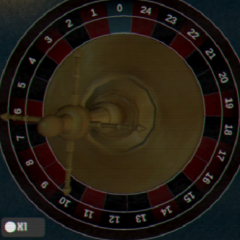

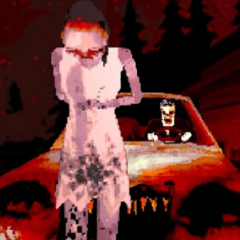


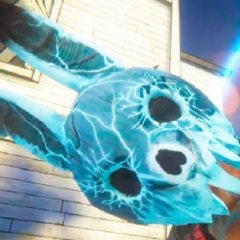
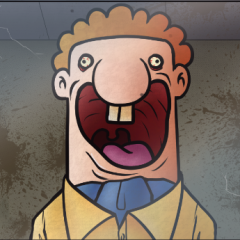

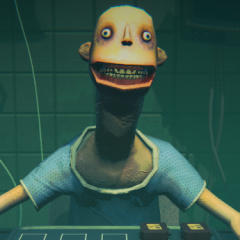



Comments